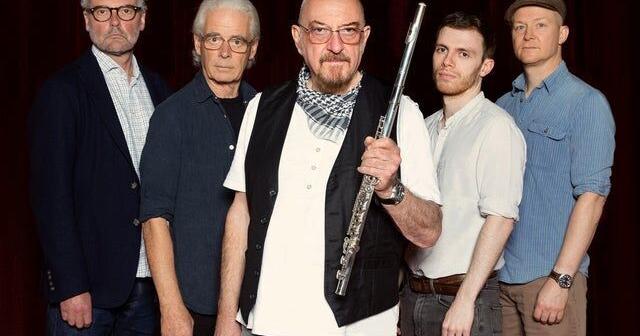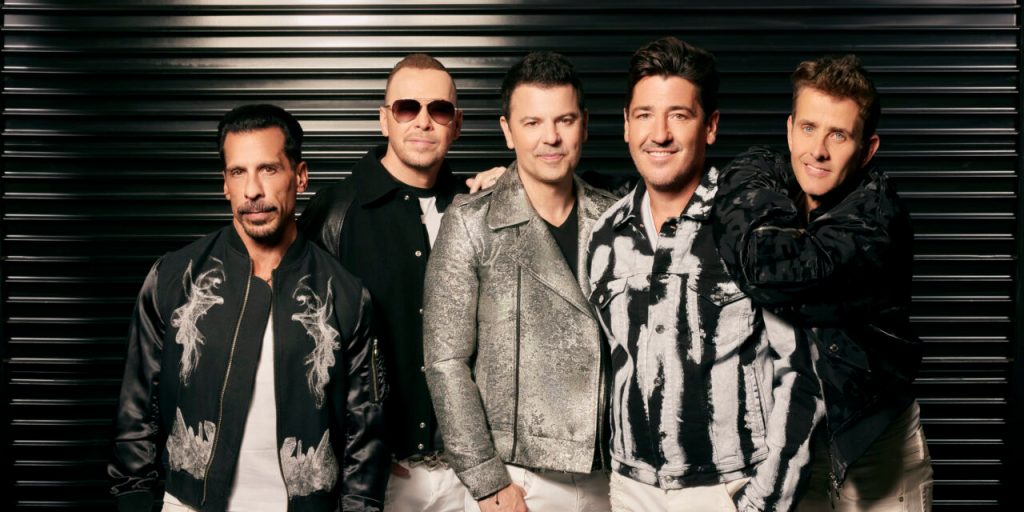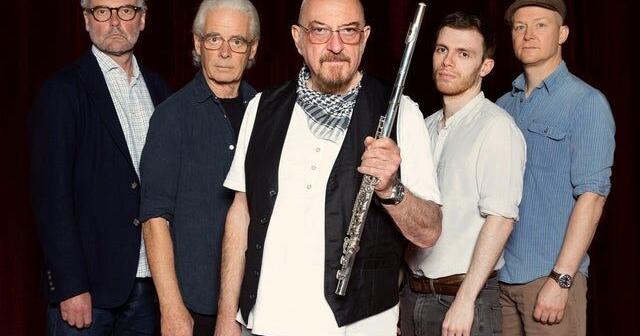With one of WWE’s traditional “big four” pay-per-views on the horizon, the promotion used Monday night’s edition of Raw to put in work to build toward in Chicago on Nov. 25. Among those matches that are now set is a War Games match featuring most of Raw’s top stars.
A surprise world heavyweight championship match between champ Seth Rollins and challenger Sami Zayn proved to be just one part of a story that led to the two men teaming with Cody Rhodes and Jey Uso against Judgment Day and JD McDonagh inside the double cage at Survivor Series.
CBS Sports was with you all night with recaps and highlights of all the action from Mohegan Sun Arena at Casey Plaza in Wilkes-Barre, Pennsylvania.
War Games locked in for Survivor Series
Seth Rollins opened the show, celebrating retaining the world heavyweight championship by beating Drew McIntyre at Crown Jewel. Rollins then called Sami Zayn out to celebrate with him since Zayn prevented Damian Priest from cashing in the Money in the Bank contract after that match. Rollins told Zayn that he visited Adam Pearce and Zayn could have a title shot at any time of his choosing. Zayn initially said he didn’t want to face a champion who was compromised by injury, but Rollins said veterans like them were never 100%, but always gave 100%. Zayn then accepted, saying there was no better time or place than later in the night.
World Heavyweight Championship — Seth Rollins (c) def. Sami Zayn via pinfall with a roll-up. Zayn tried to attack Rollins’ compromised back. That included a match-ending sequence where Zayn locked in a lion tamer and transitioned to a Boston crab. Rollins was able to reverse the submission into a pin, however, and score the three-count to retain his title. After the match, Rollins offered Zayn a…
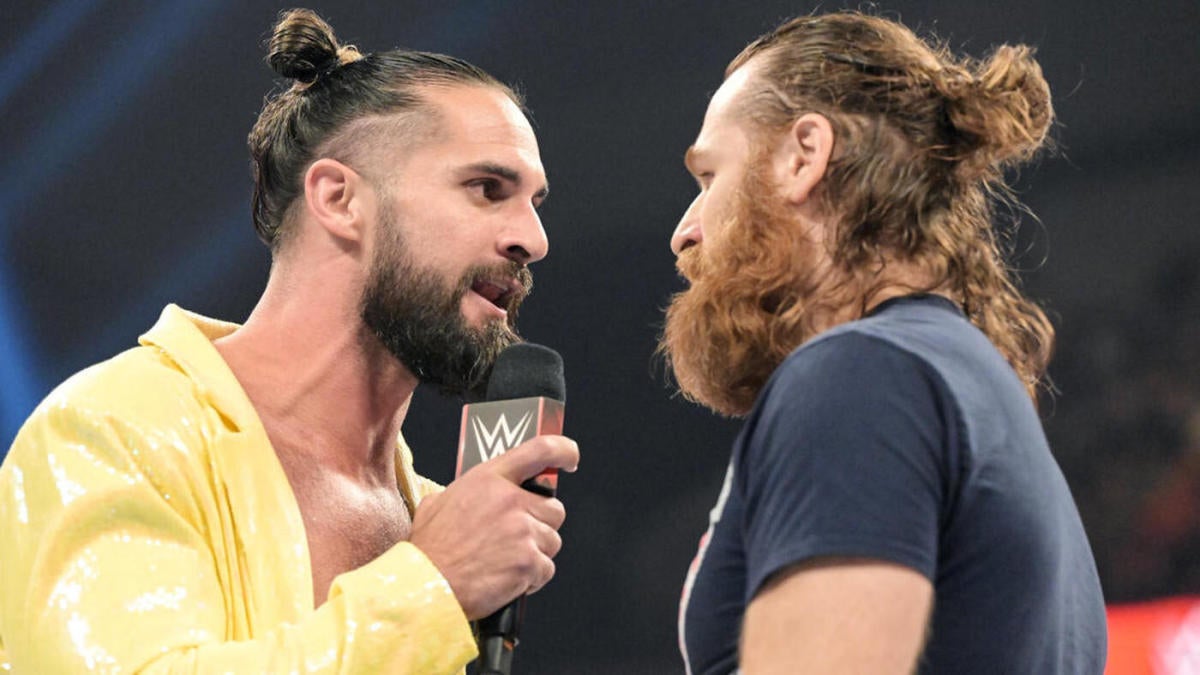
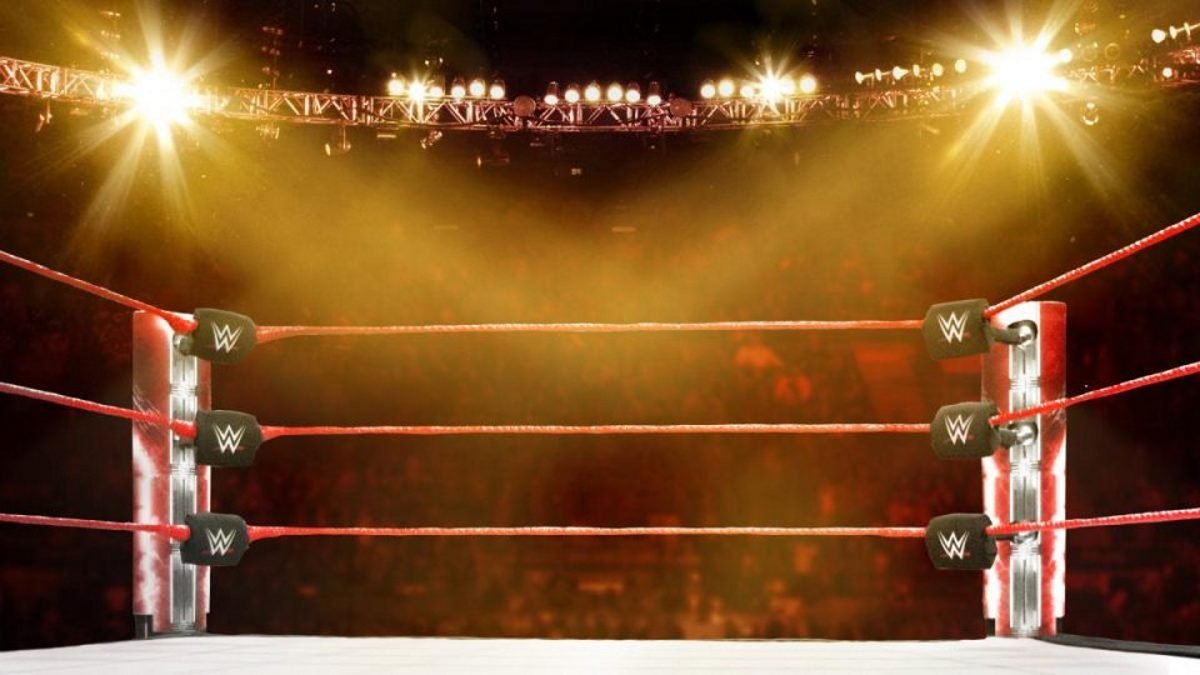
 WWE
WWE 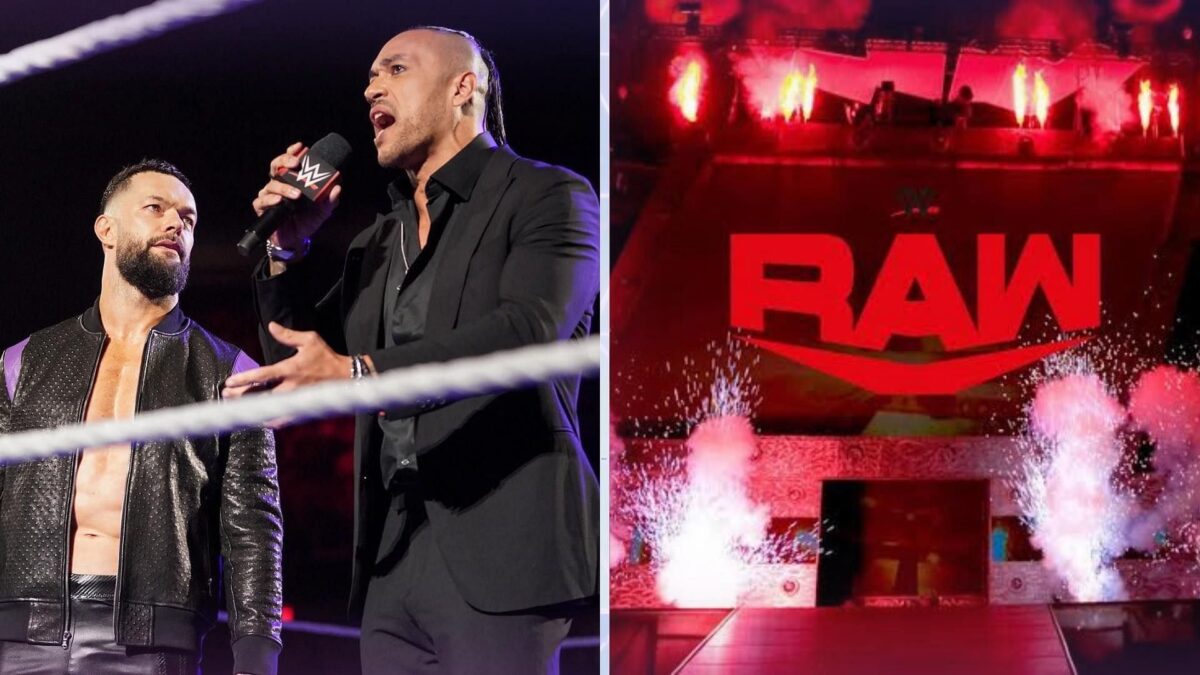
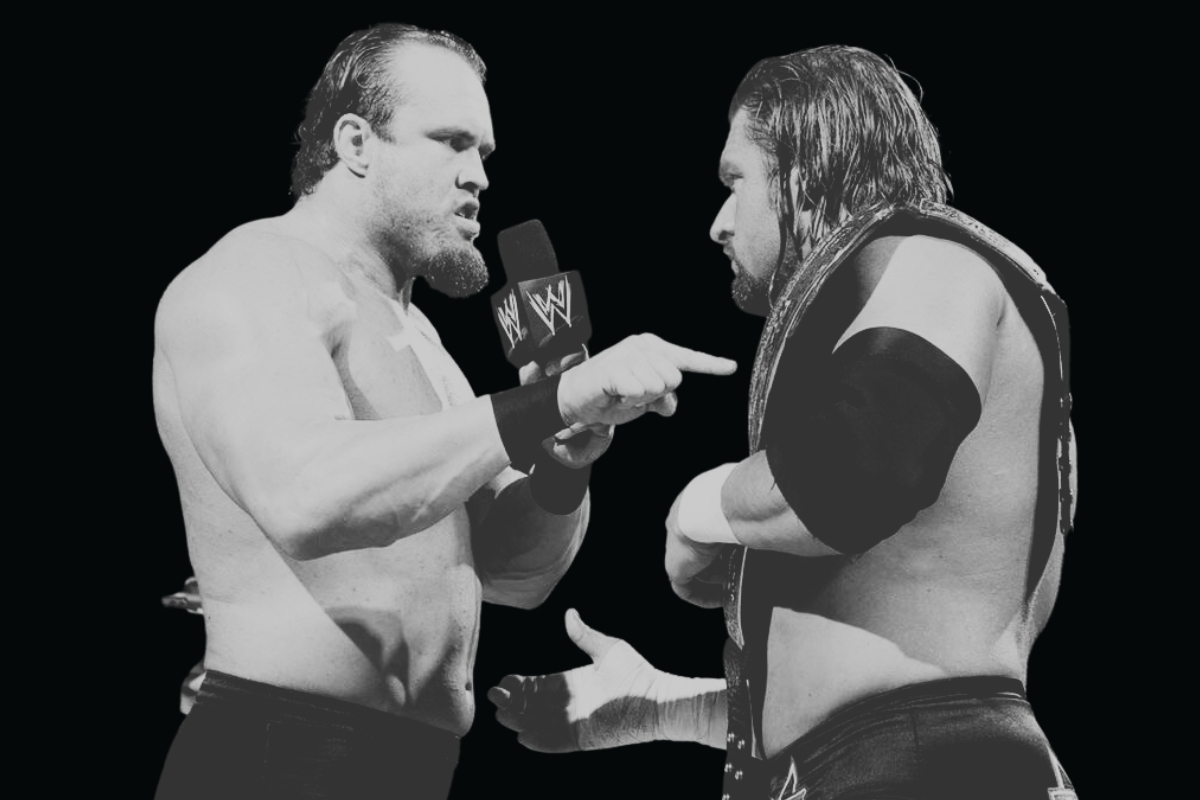
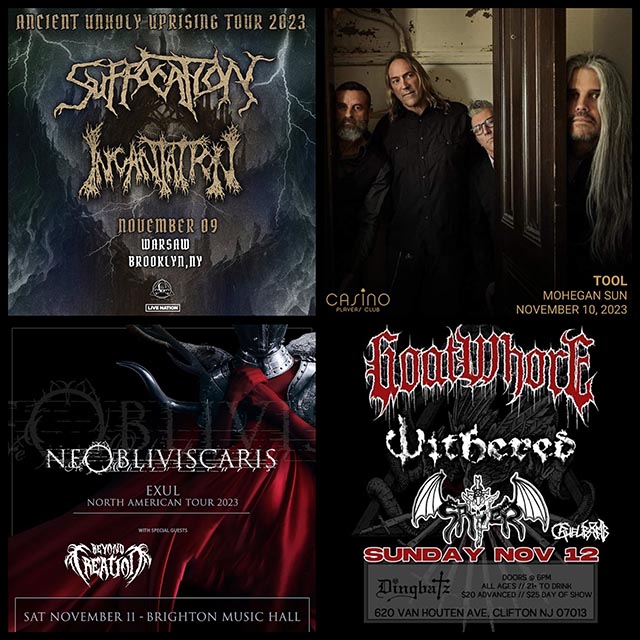



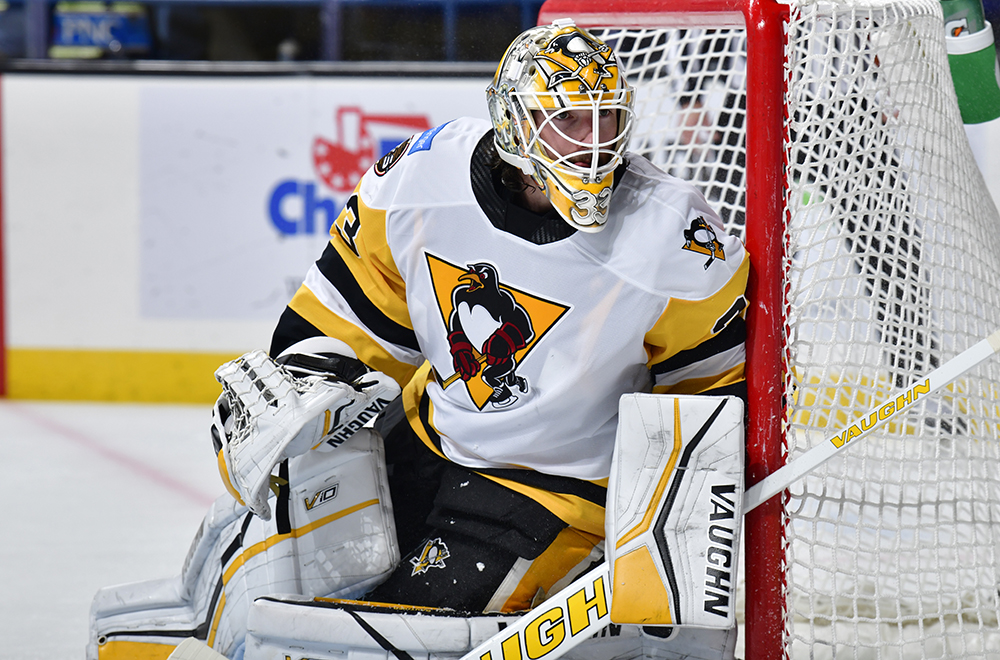
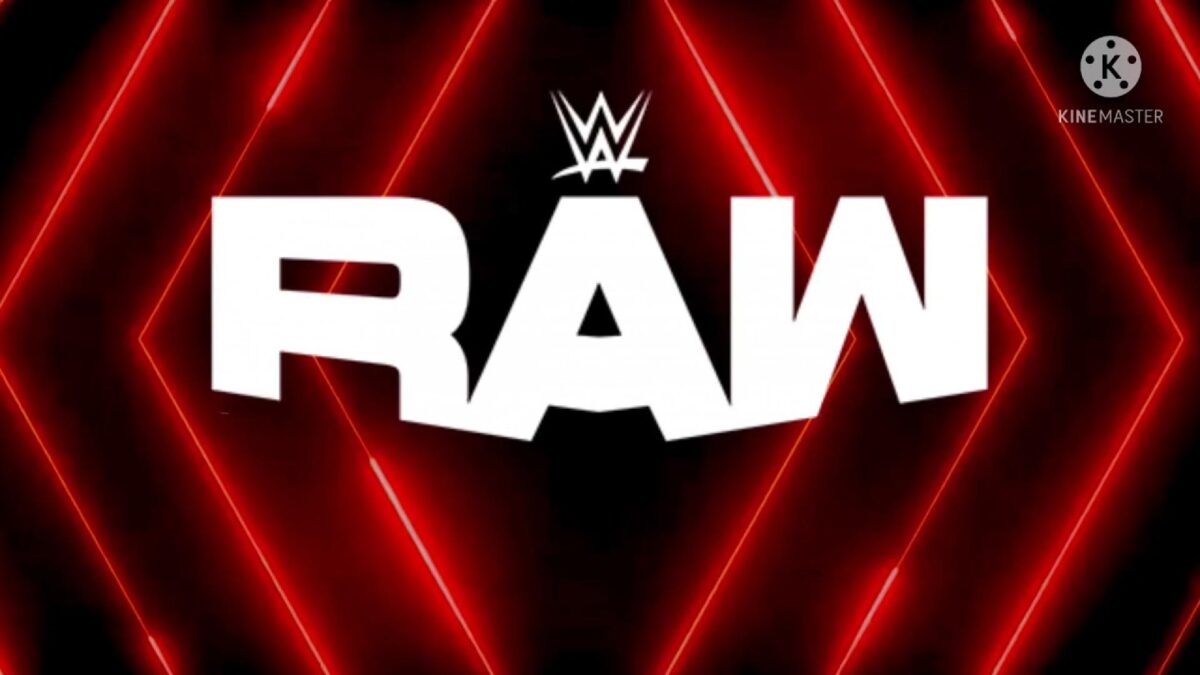
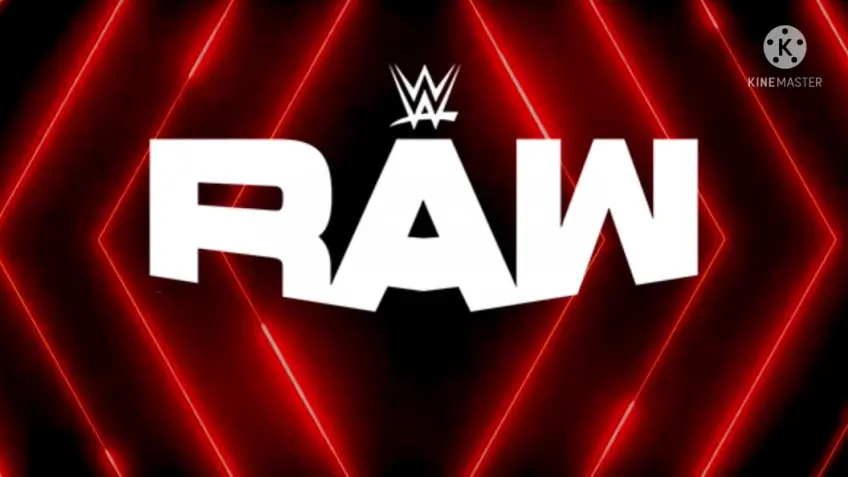 Monday Night RAW: WWE’s Mohegan Sun Showdown © WrestleTron/YouTube
Monday Night RAW: WWE’s Mohegan Sun Showdown © WrestleTron/YouTube 